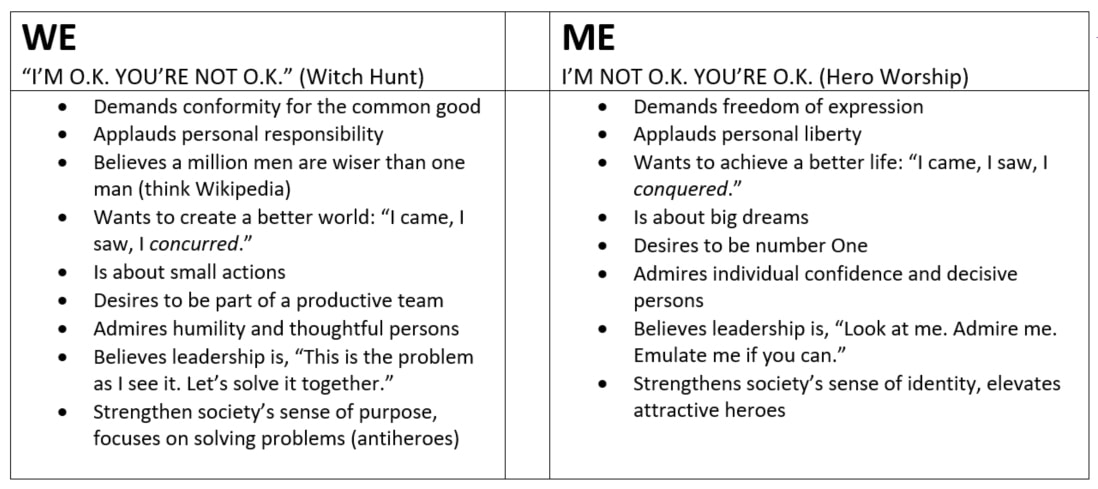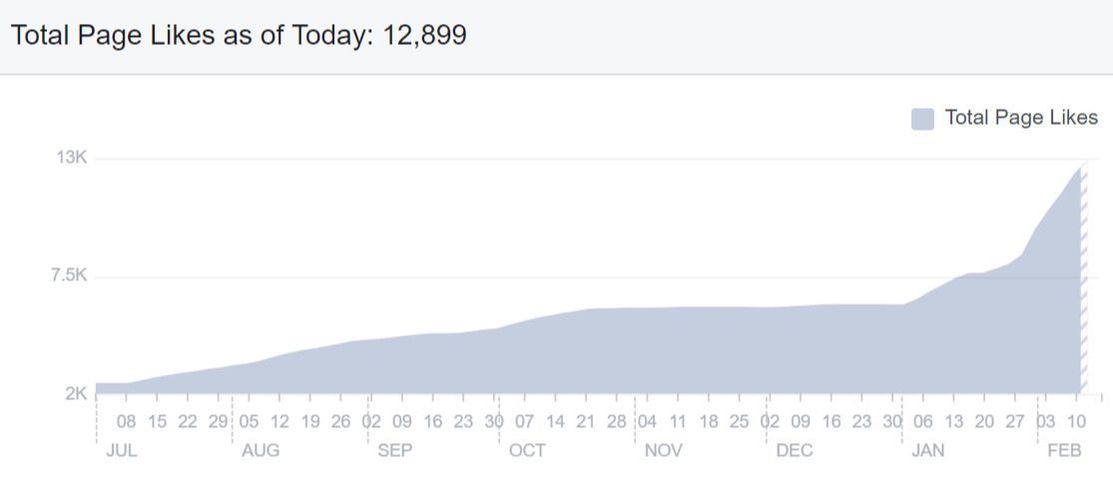Jamie Schneider DommDigital Strategist for the North American Division. What has been will be again, what has been done will be done again; there is nothing new under the sun. Is there anything of which one can say, ‘Look! This is something new’? It was here already, long ago; it was here before our time. No one remembers the former generations, and even those yet to come will not be remembered by those who follow them. —Ecclesiastes 1:9-11 I recently read Pendulum: How Past Generations Shape Our Present and Predict Our Future, by Roy H. Williams and Michael R. Drew, and found myself stunned by its insights into the drivers behind the collective shifts in society. These shifts impact communication and often drive technology and social change. I recommend that, to better understand how to communicate more effectively to our audiences and fulfill their needs, you not only read and study this book, but also invest the time in reading Generations: The History of America’s Future, 1584 to 2069 by William Strauss and Neil Howe. Good communication is when we speak so that our audience can hear. As a religious organization, we should be using digital technologies to fulfill our audiences’ needs, but to do that, we must first understand what those needs are, their unspoken expectations, and the forces for change that influence a generation. Generation Z and the Millennials have been leaving the church at alarming rates; could it be that we simply don’t understand them? We know that people of any given cultural or people group are always the best suited to reach that group. I contend that the same is true with generations. Now, empowering and training members of the youth to reach their own does not permit us to abdicate our function as guides and mentors. We too must seek to understand and cultivate these relationships if we are to bridge the gap and secure the future of the church in North America and the salvation of souls. Pendulum provides an analysis of the current shifts in society and their impact on marketing, technology, and communication. Our department tested these principles, creating a case study focused on communicating with teens, and the results were surprising–and exciting. Even if you don’t have time to read the 200-page book, what follows is a summary of what you need to know to understand and utilize these communication techniques. We’ll also share an example of a test campaign targeted at teens. Pendulum takes Strauss and Howe’s four “generations” (Idealist, Reactive, Civic, Adaptive) and reduces it to two generations covering forty years that oscillate between the individuality, freedom, uniqueness, and potential of “Me” (peaked in 1983) to the collective “We” working together for the common good, fixing society’s greatest problems, and rejecting the pretense for authenticity and transparency. Sound familiar? According to this model, we are currently in the upswing of the “We” that should reach its zenith in 2023. Both are always present in society, but shifts in dominance occur. Optimal balance is found between the two extremes, and either extreme has negative consequences. The main point is that group behavior is predictable, and we can use this predictability to speak to the masses in a relevant way.There will always be exceptions, and as the authors point out:
For deeper insights into the pros and cons of each swing of the “pendulum”, read the book. To communicate, we must ask, “What is driving the actions and attitudes of the group?” Then determine how your mission and message fits or can be positioned into this paradigm. Figure: 2.3 Values and beliefs that motivate society in “WE” and “ME” cycles (Williams 17) Drivers of a “WE” vs. drivers of a “ME”
|
Archives
August 2020
Categories
All
|
- Home
- BLOG
-
RESOURCES
-
RESOURCE MENU
>
- ADVENTIST IDENTITY GUIDELINES
- BIG DATA RESOURCES
- BRANDING, IMAGE & DESIGN RESOURCES
- CHURCH/MINISTRY SPECIFIC RESOURCES
- COPYRIGHT & TRADEMARK BASICS
- COURSES
- EMAIL RESOURCES
- GUIDANCE FOR HIRING SOCIAL MEDIA POSITIONS
- PODCASTS
- REPORTS & CASE STUDIES
- SOCIAL MEDIA RESOURCES
- (SOCIAL) VIDEO RESOURCES >
- TEXTING 4 CHURCHES
- TRACKING & ANALTYICS
- WATCH VIDEOS & TUTORIALS
- WEBSITE TIPS
- SOCIAL MEDIA GUIDELINES
-
RESOURCE MENU
>
- SEO
- Digital Discipleship & Evangelism
- COVID-19 RESOURCES
- eNEWSLETTER










 RSS Feed
RSS Feed